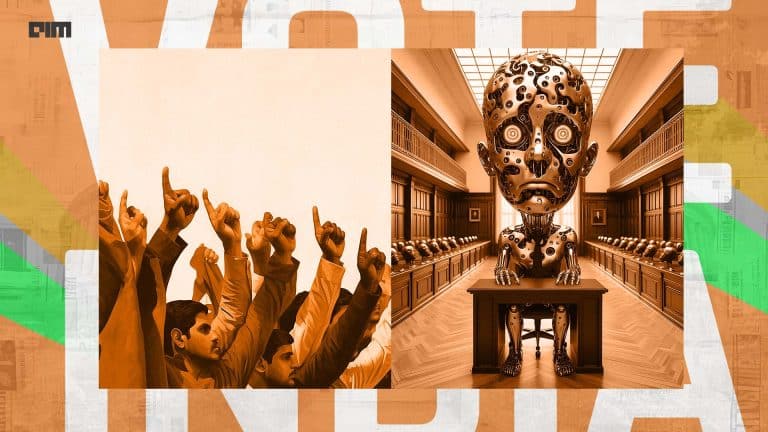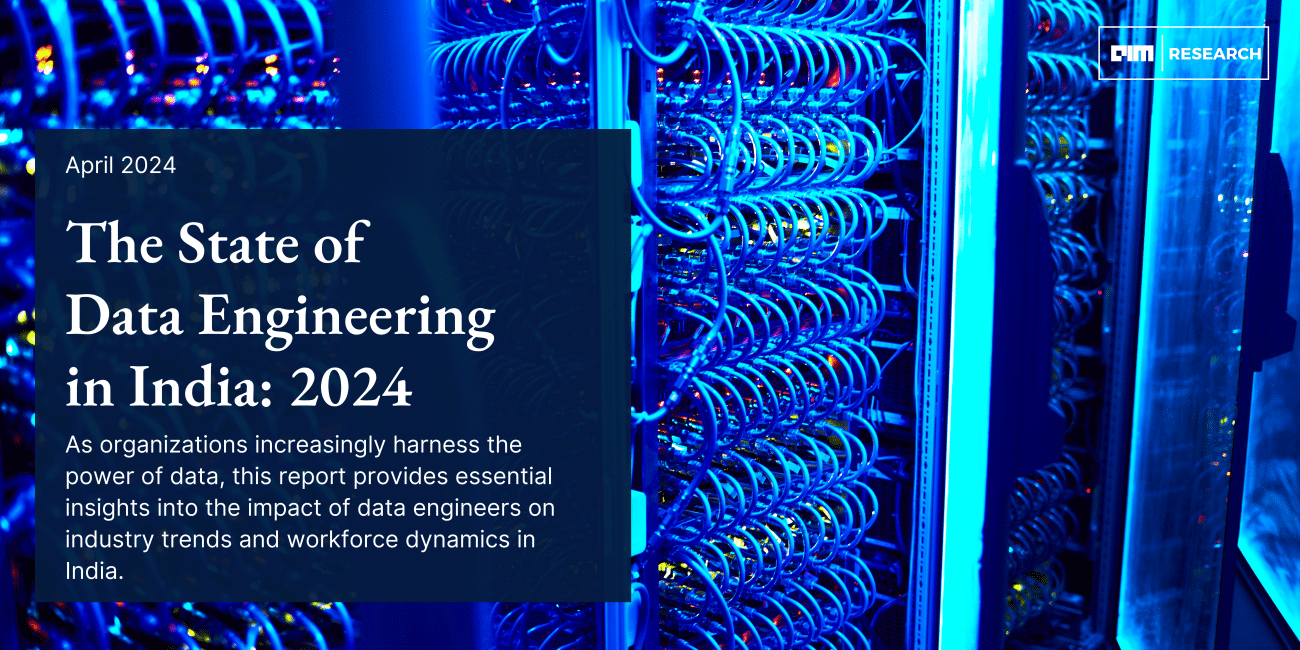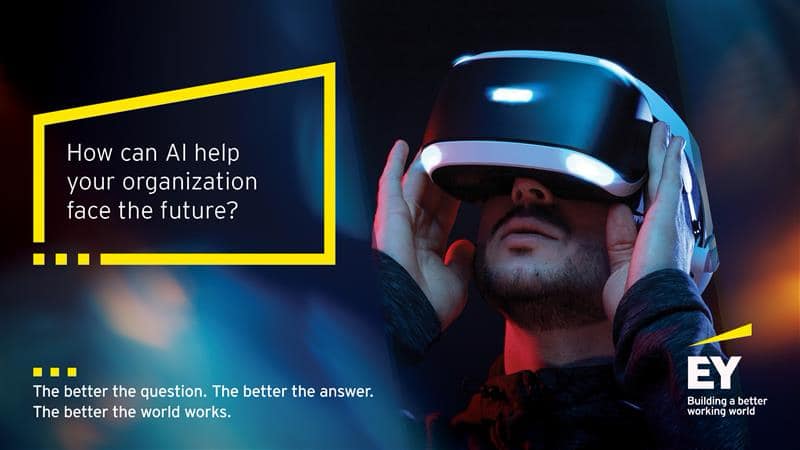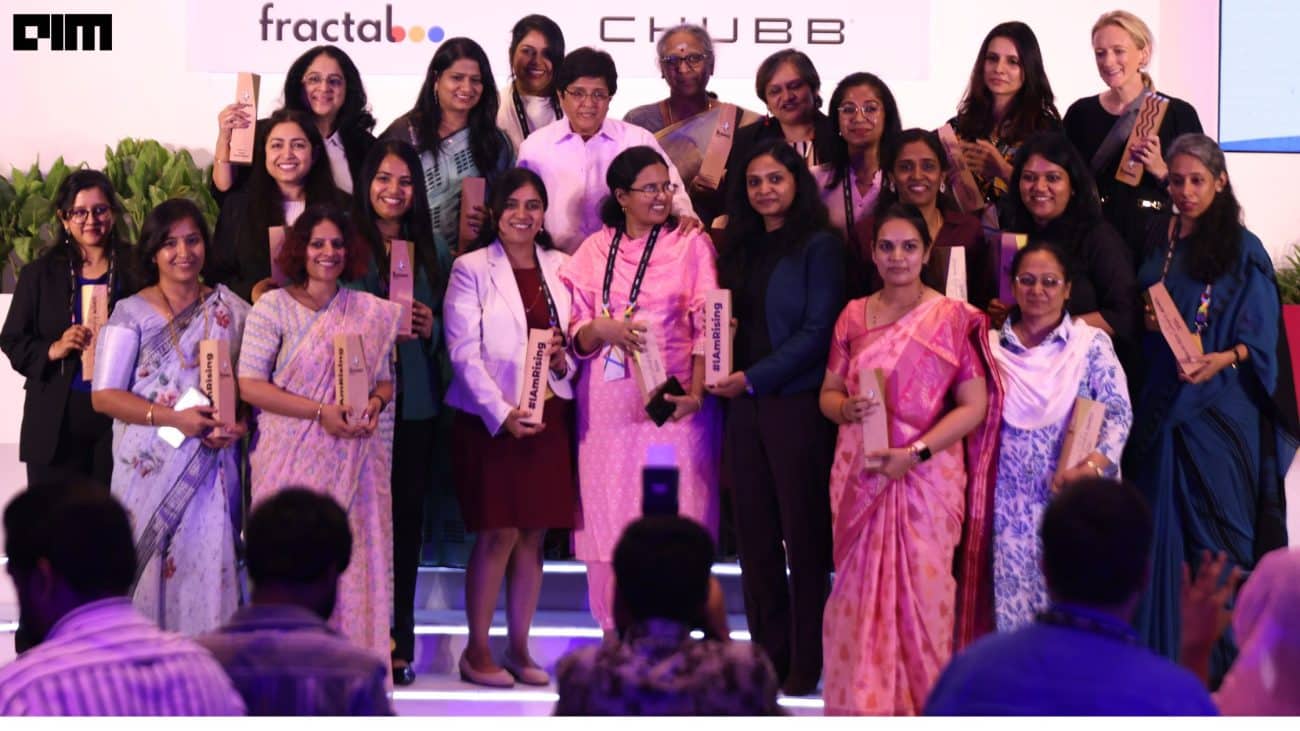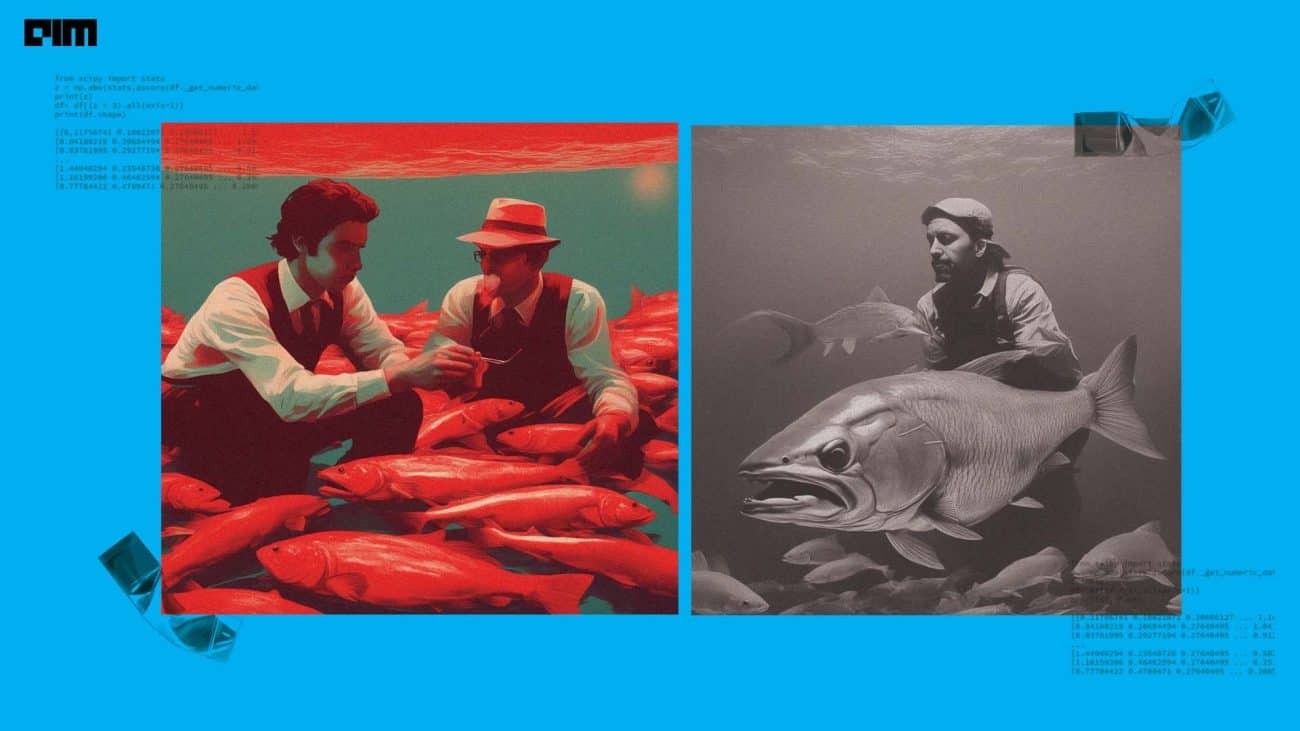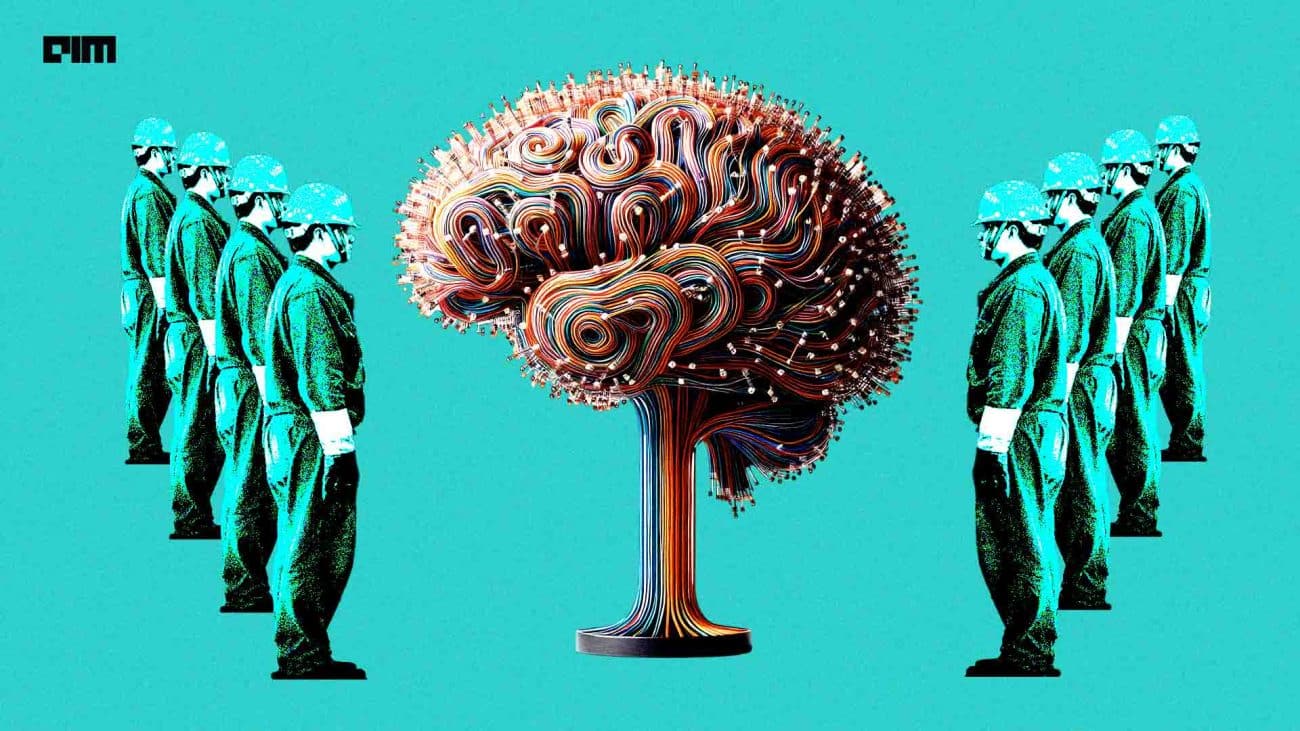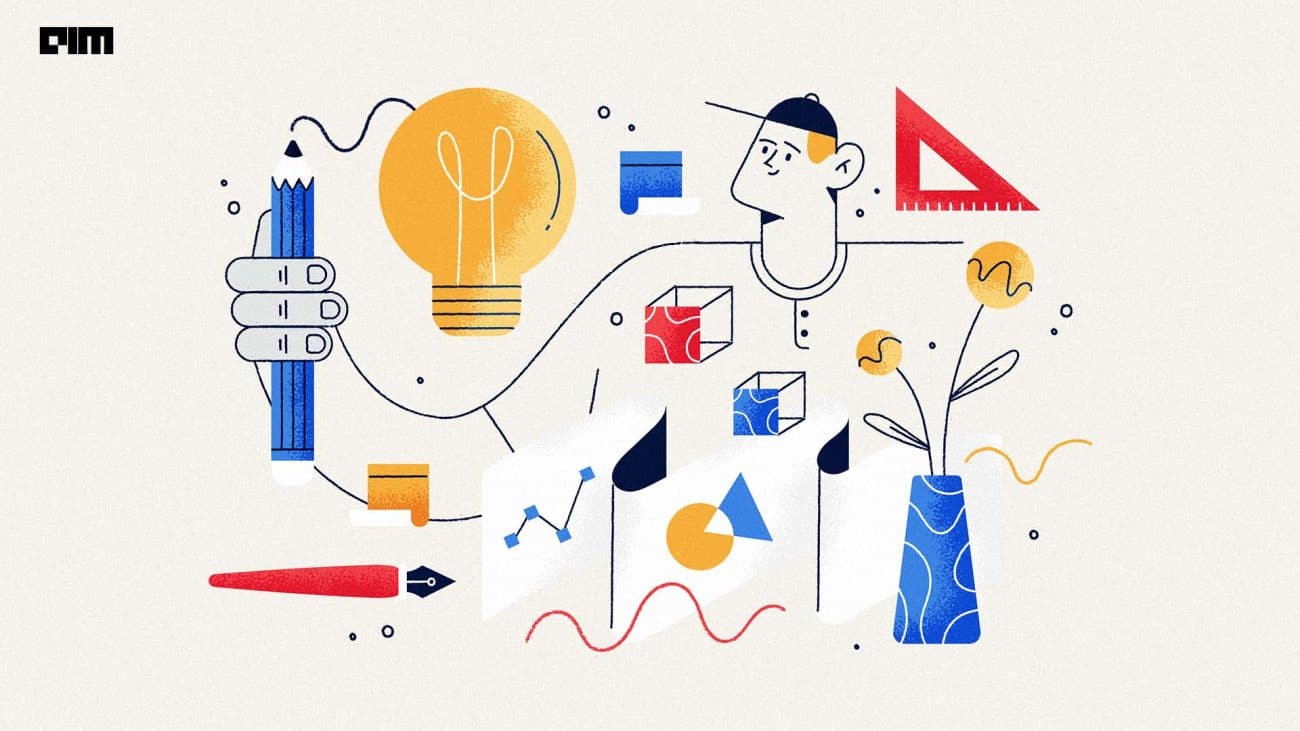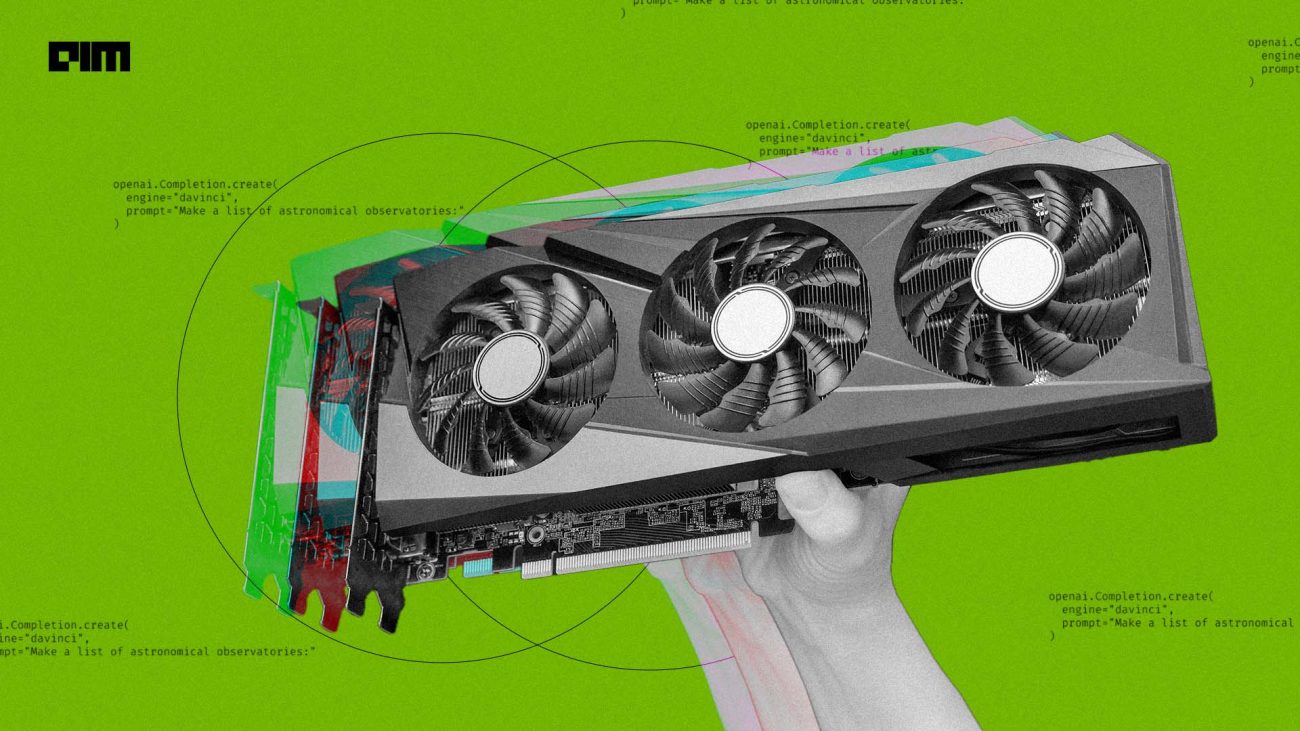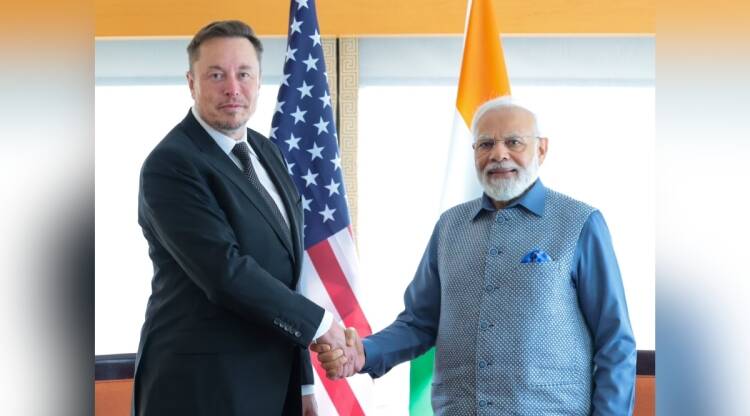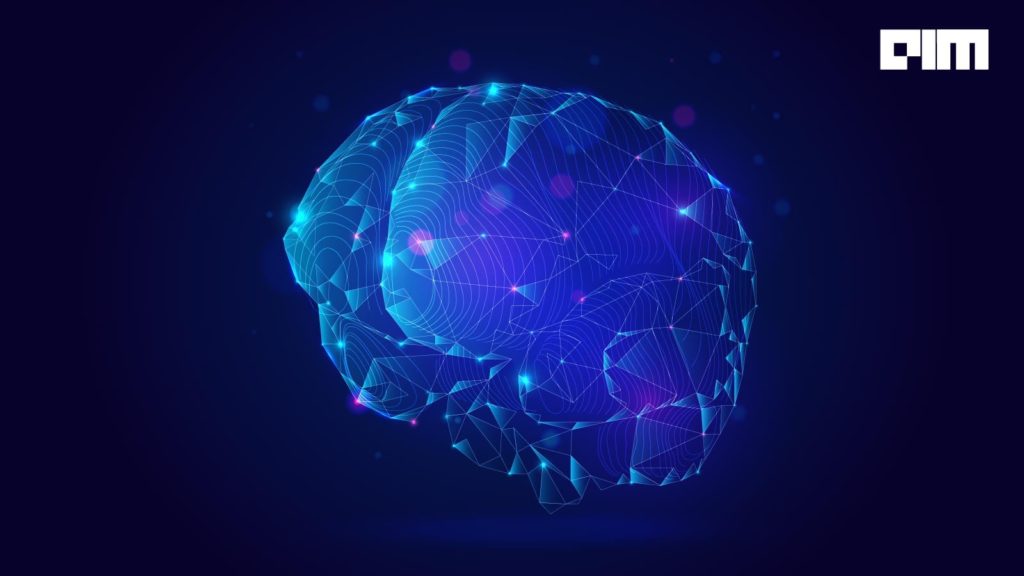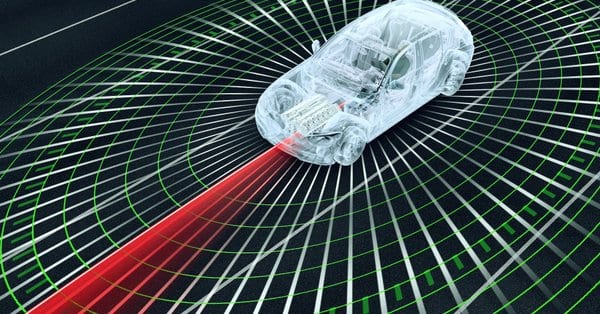|
Listen to this story
|
India is one of the largest contributors of VFX in international movies. Now with the rise of generative AI tools and platforms such as Wonder Studio, Kapnetix, WithPoly, NVIDIA’s Omniverse and Magic3D the industry is on the verge of a disruption, and there is fear around job losses to AI, or automation. Companies like Red Chillies, Digital Domain, Phantom FX, Prana Studios, MPC, and Prime Focus that have worked on major Hollywood movies, including the likes of Deadpool, X-Men Apocalypse, and Spider-man: Homecoming, are under grave threat.
“Although AI is still in its early stages and has limitations, it is revolutionising the VFX industry by enhancing efficiency and delivering more realistic outputs. While AI is unlikely to replace humans in the this sector, it empowers VFX artists to work more effectively,” said Keitan Yadav, chief operations officers of Red Chillies Entertainment— one of India’s leading VFX makers. He said that the industry is eagerly exploring the potential of AI and other emerging technologies to elevate the quality of VFX and filmmaking outputs.
However, this brings us to something that concerns the VFX ecosystem in India. The important question here is—whether this wave of advancements in tech and tools lead to Hollywood filmmakers reducing the reliance on Indian VFX companies, and would they start leveraging AI-powered tools to produce it themselves. To this, Yadav said that not everything in the industry can be automated due to its nature.
Further, he said that global studios have already established its presence in India, attracted by the existing film industry and the readily available workforce. Initially, India focused on low-level tasks but has now advanced to more complex work for both the Indian and Hollywood markets.
“Certain jobs may speed up and certain jobs may not be required to be sent to India anymore, but I’m sure there are a lot of other kinds of VFX jobs, which will eventually keep coming to us because of the reasons I mentioned earlier. And since it cannot be completely automated ever, human intervention is always going to be very critical. I think it’s gonna be a golden decade for VFX,” he said.
Yadav believes that the VFX industry will continue to grow in India due to its own ecosystem, cost-effectiveness, and human intervention being crucial. He predicts a promising future for the animation and AVGC (Animation, Visual Effects, Gaming, and Comics) workspace in India, driven by government support, evolving manpower resources, and cost advantages.
Yadav began his career as a VFX artist in 1996. He forayed into film VFX in 2003, as a VFX supervisor and producer, starting with the film Main Hoon Na, produced by Shah Rukh Khan’s Red Chillies Entertainment. the company later established a visual effects studio called redchillies.vfx in 2006 and Yadav has been at the helm ever since.
Generative AI Limitations & Opportunities
Yadav said while certain tasks can be done quickly and easily using generative AI tools, there is always a demand for new and never-before-seen work. He said that each project presents a new challenge, highlighting the needs for a professional setup and level in order to consistently deliver high-quality animation and VFX.
Citing Wonder Studio, he said that promising tools are being developed, but they are still in their early stages and not considered fully professional. Yadav believes that as the industry evolves, these tools will become more advanced and accessible for VFX studios to incorporate into their pipelines, providing numerous opportunities.
He acknowledged that while AI may not provide perfect results initially, it has the potential to automate many processes currently done manually. He emphasised that the industry has already embraced the use of machine learning and AI as tools, and over time, with research and development, more tasks will be taken up by AI-powered software. Furthermore, he notes that the software and tools used in the VFX industry are standardised globally, and any advancements in AI technology will impact studios worldwide, including those in India.
Inside Red Chillies Studio
“The VFX industry has always been at the forefront in terms of using technology and the latest machines. The fastest machines, the best tools and best software. It’s a very forward industry and… it (AI/ML) has already started impacting the VFX world. So, there are some pipeline softwares which have already started incorporating machine learning and AI to help the big projects automate a lot of the stuff, which previously used to get done manually,” said Yadav.
“So there are some softwares which have already come out. And they are also using AI, maybe not fully but to an extent and I’m sure in the future, this use will keep growing,” he added.
At Red Chillies, Yadav said that AI is being used to create, alter, or enhance human faces, replacing the conventional methods of 3D modelling and sculpting with machine learning algorithms that analyse real images of actors to render realistic models. Additionally, AI tools also enable facial substitution and face swapping, as demonstrated in the short film Face Swap, showcasing the impact of deepfakes.
Citing Disney Research, Keitan said that there are a lot of beauty software that can age and de-age actors based on their images from different time periods. He acknowledged that while AI may not provide perfect results initially, it has the potential to automate many time-consuming tasks. “On the artistic side, yes, there are some beauty software, which basically age and de-age an actor. They take all the images of the actors from his late teens to the current time and de-age the person as required. So, these tools are also almost out,” said Yadav.
“So, these are pretty much the uses cases of AI in our industry,” he added, saying that AI will surely automate a lot of things. “Of course, it may not give you 100% results, but may start with 30% and improve it to 50, 60, 70, and so on. And maybe one day, they may be able to give us almost near perfect results. But that is gonna take time.”
Yadav said as research and development progresses, more tasks will be taken over by AI-powered software. He noted that the VFX industry in India uses standardised software and hardware that is also used globally, and any advancements in AI technology will impact studios worldwide, including those in India.












